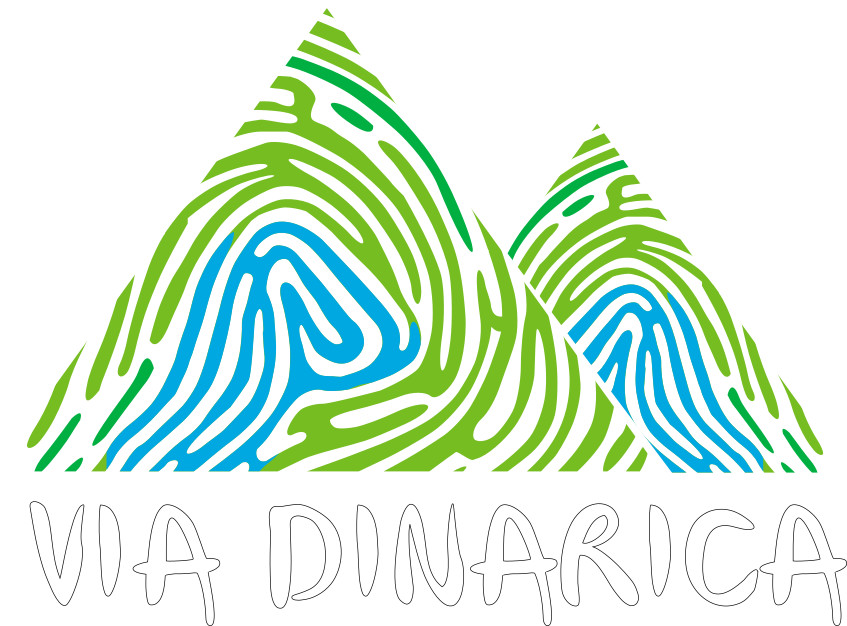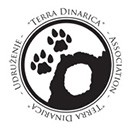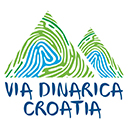THE MEETING SPOT FOR HORSES AND BIRDS
To describe Livno, we’ll use a river, a field, a plateau, a mountain, and a hill. So, we can say that it is located on the River Bistrica, on the edge of the Livno Field, at the foothill of the Kruzi Plateau, beneath the Cincar Mountain, and near the Crvenica Hill.
Livno, a town with 2,250 sunny hours per year, was first documented in the year 892. Today, it takes pride in its illustrious past, natural beauty, and remnants of civilizations that once inhabited its land.

Stock Foto
What Has Nature Given to Livno?
We share the Mountain Kamešnica with the neighboring Republic of Croatia. It may appear tame but can be harsh if you set out to conquer it unprepared. The highest peak is Konj (1,856 meters), situated on the Bosnian-Herzegovinian side. Kamešnica as a whole is magnificent, with numerous sources of drinkable water and picturesque caves, the most visited being the Mračna (Dark) Cave. Rich in both plant and animal life, it is inhabited by wolves, wild boars, foxes, and recently, lynxes. The view from Kamešnica, overlooking Buško Lake, is exceptional. The lake is abundant with fish, making it an ideal location for fishing in the beautiful surroundings of forests, mountains, and meadows.
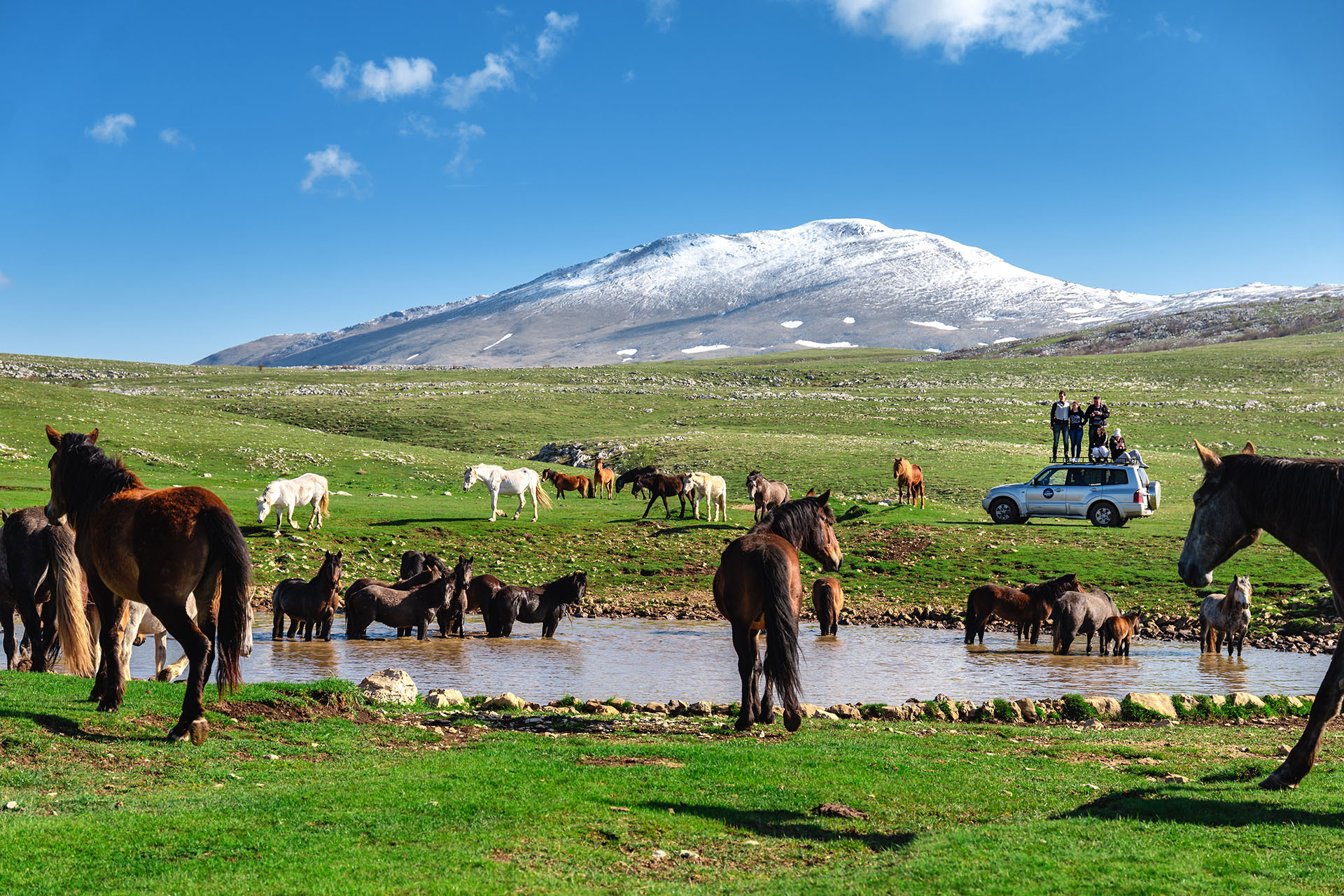
Marin Mamuza
The lake was formed in 1972 by submerging Buško blato (Mud). It is fed by the River Ričina, which originates in Prisoje. During the summer months, Buško Lake offers a rich spectrum of activities for water sports enthusiasts, who can enjoy sailing on small sailboats, windsurfing with favorable winds, rowing, kayaking, water skiing, and, of course, swimming.
Uniqueness of the Karst Field
And then there is the Livno Field, the largest flood karst field in the world. Its significance is best illustrated by the fact that since 2009 it has been listed as a RAMSAR site, a wetland of international importance. The vast Livno karst basin is a winter habitat for 70,000 waterbirds, a rare concentration in Southeastern Europe. The presence of 273 different species has been recorded so far, a highly impressive number considering that the entire Bosnia and Herzegovina has a total of 351 registered bird species. The only colony of the great white egret in Bosnia and Herzegovina nests here.
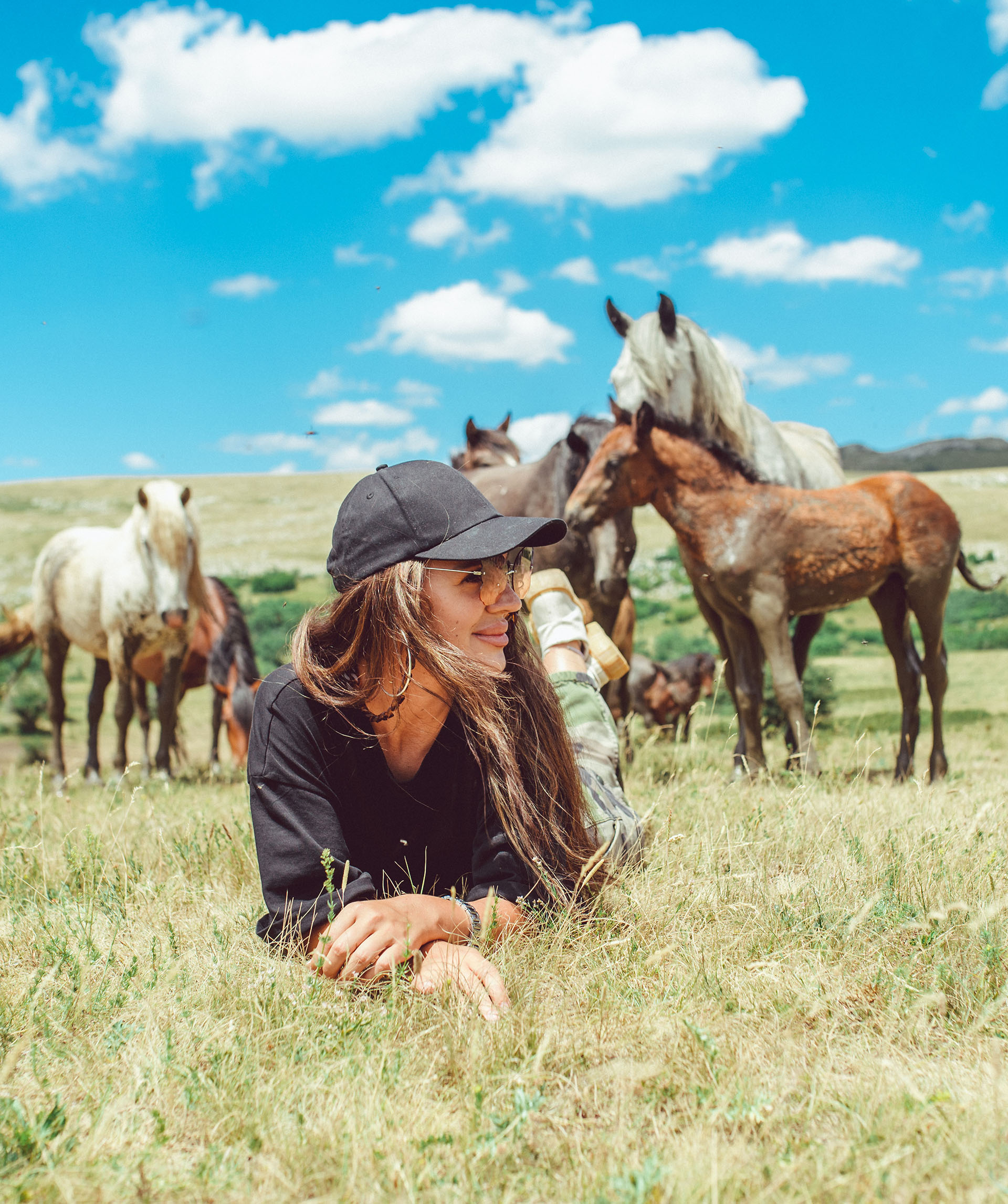
Marin Mamuza
When waters retreat during droughts, they reveal meadows, marshes, and forests. In the bottom of isolated sinkholes, numerous endemic fish survive until the next flood. The Ramsar area encompasses the entire karst field and is one of the world’s largest.
Cutting across the field is the serene and scenic River Sturba, meandering for 14.5 kilometers through the captivating landscapes of the Livno Field. Clear and pure, abundant with fish, its calm currents and gentle flow make it a perfect destination for canoe safaris, suitable for families with children, and even babies. As you paddle down the river, picturesque scenes shift along the banks where cows and horses graze, while birds soar above you.
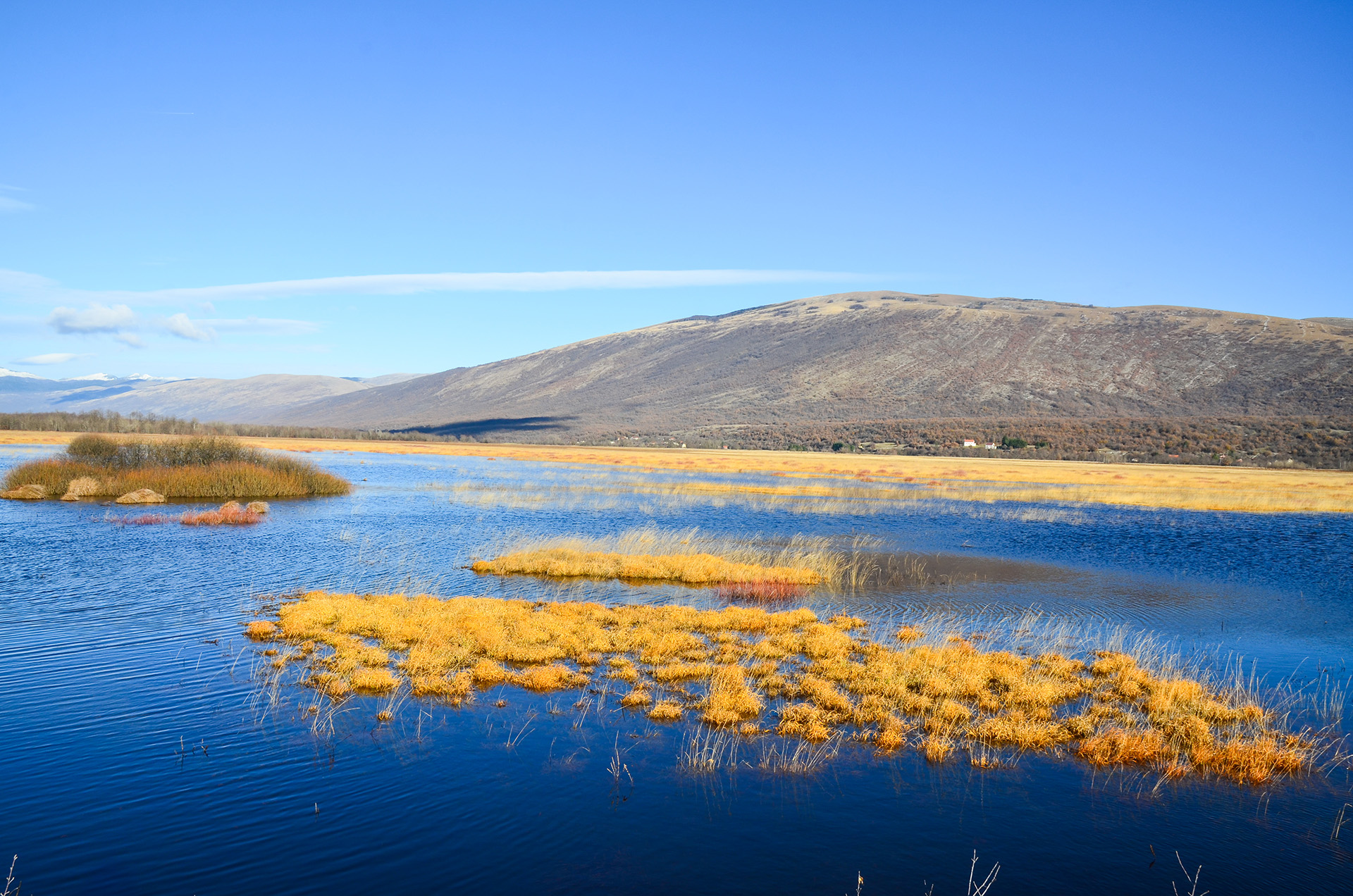
Ajdin Kamber
The Ever-Popular Wild Horses
To write about Livno without mentioning the wild horses is to leave the story unfinished. At the foothills of the Cincar Mountain, on the Kruzi Plateau, over a hundred wild horses roam freely. Wild horse photo safari is now one of the most popular tourist attractions of the region. These beautiful animals attract tourists and photographers from around the world who come to see, water, feed, and interact with them. If you’re driving, be extremely cautious in this area at any time of the year, as they often cross the main road. It’s their territory, and they rightfully expect you to behave as a guest.
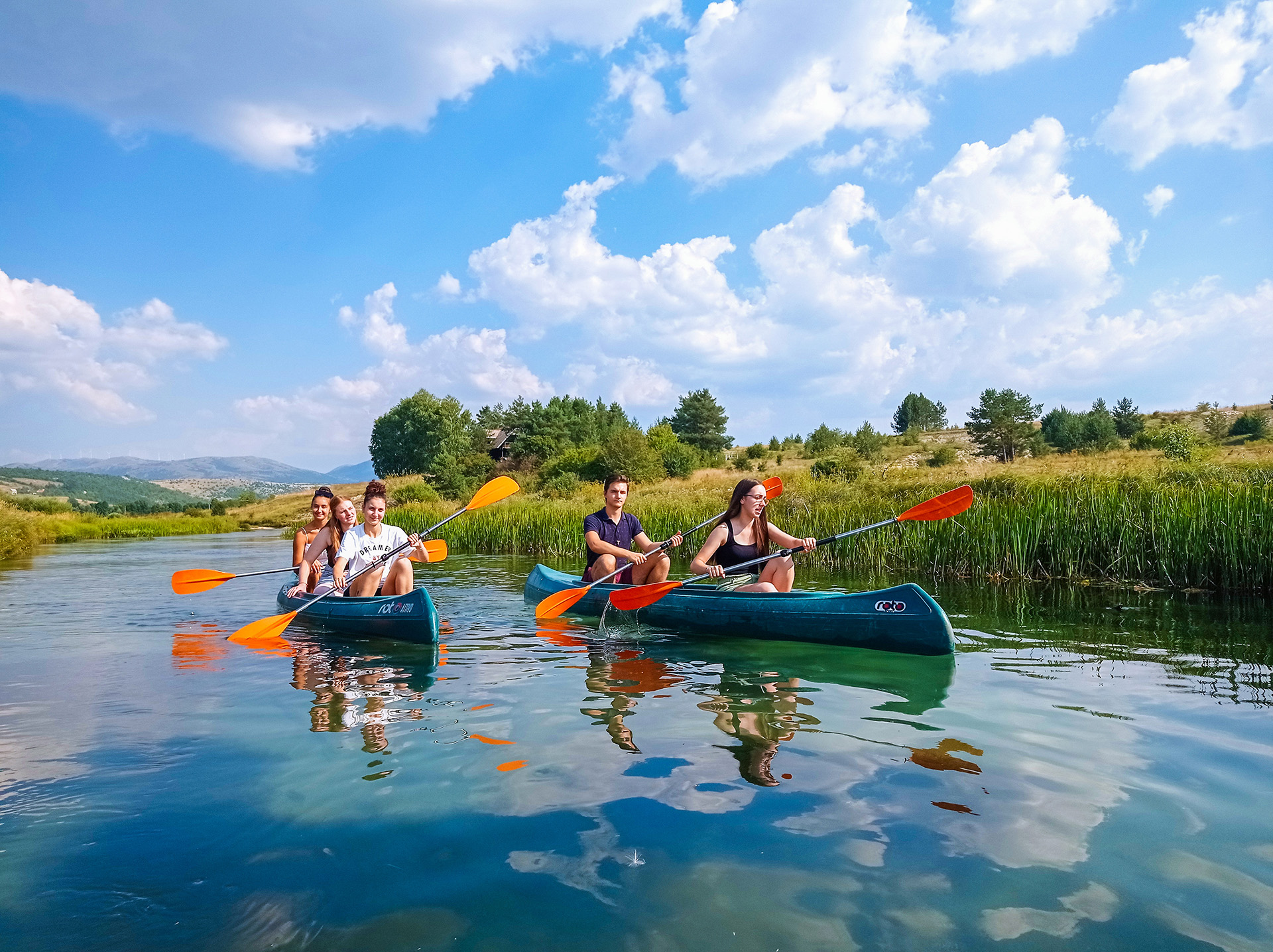
Anto Perković
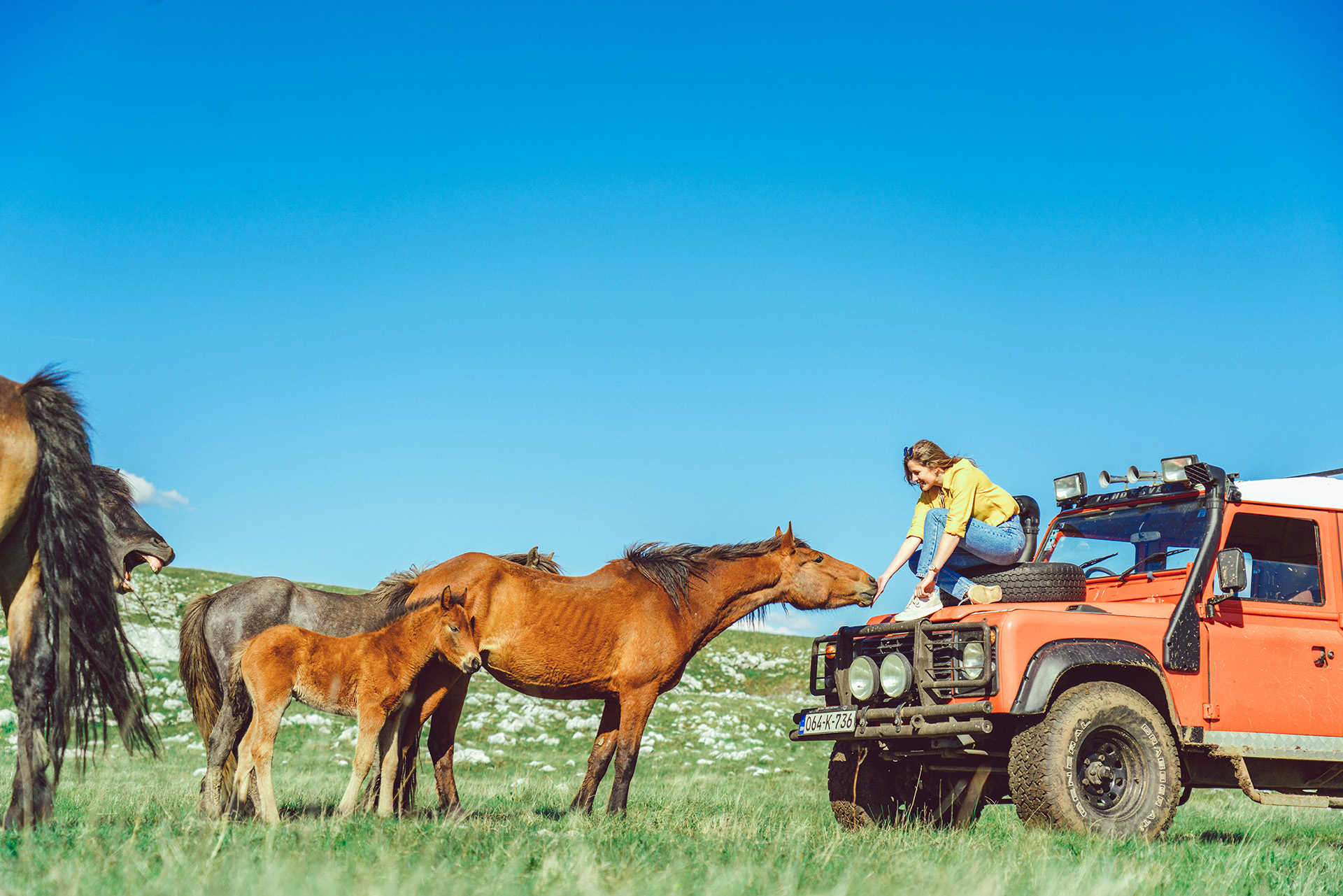
Marin Mamuza
Find this QR code on the location:

